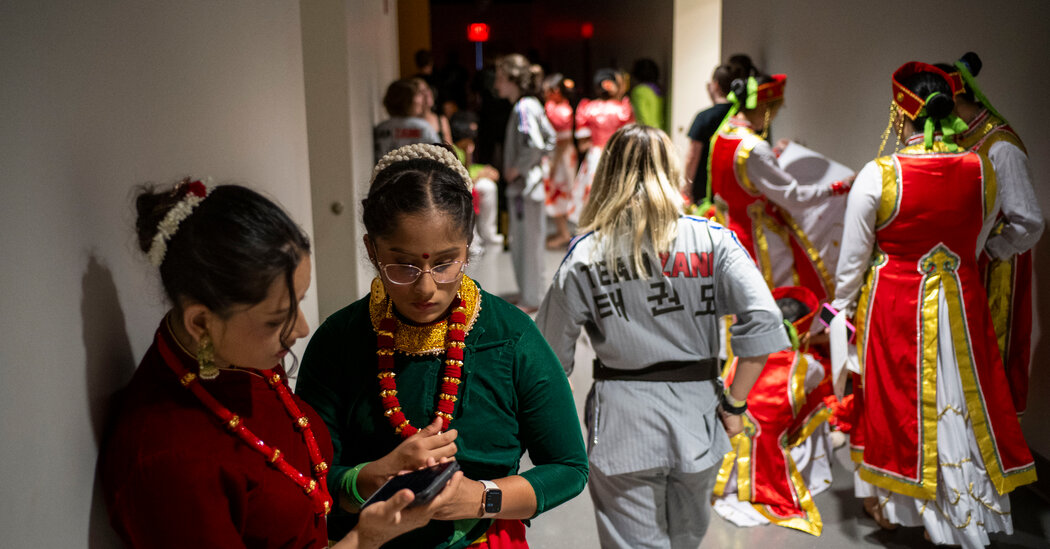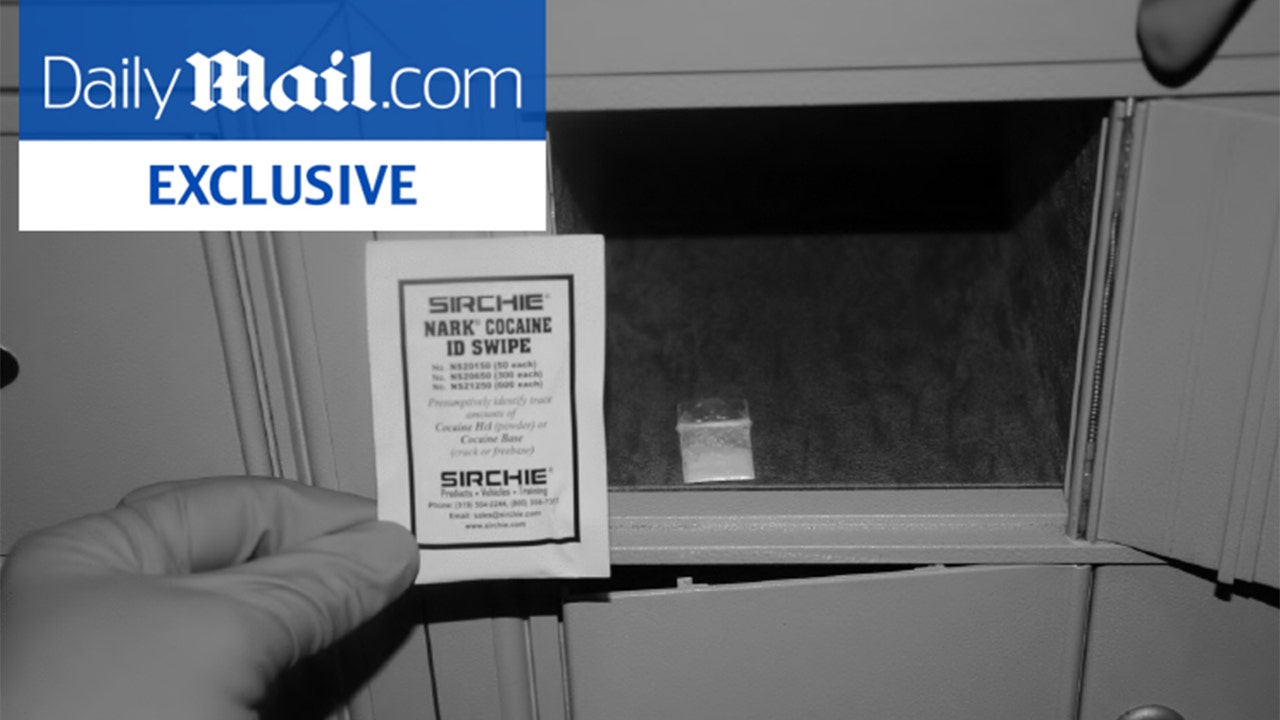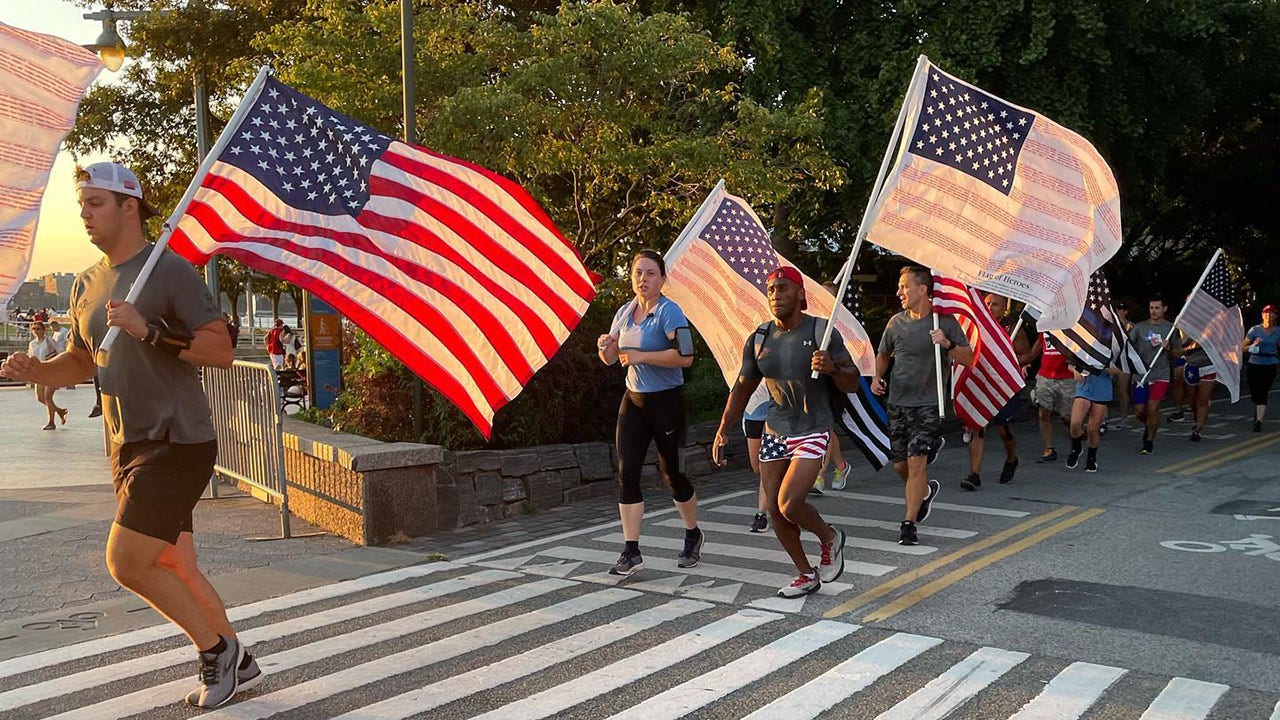When Dinesh Nepal first arrived in the United States in 2010, he had never heard of the term “Asian American.”
He knew that he was of Asian descent. He grew up in a refugee camp in Nepal after his parents were expelled from Bhutan, a landlocked Himalayan nation. And after he moved to Pittsburgh and became a United States citizen, he began calling himself an American.
But it never occurred to him to put those two labels together, even after he and his wife opened a shop selling bubble tea — a Taiwanese specialty that is iconic for Asian Americans.
“It never really mattered,” Mr. Nepal, 26, said at his restaurant, D’s Bubble Tea and Cafe, in Pittsburgh.
Since 2008, about 85,000 Nepali-speaking Bhutanese refugees have resettled in the United States and now live in cities like Pittsburgh, Columbus, Ohio, and Rochester, N.Y. Most have become American citizens, making up the newest group of Asian descent.
Older people who still have vivid memories of life in Bhutan identify primarily as Bhutanese American, while others, like Mr. Nepal, prefer to describe themselves as Nepali American because they speak Nepali and practice Nepali culture.
The refugees arrived well after the term “Asian American” was coined by student activists in the San Francisco Bay Area in 1968. That broader identity was forged over decades by bringing together communities that, like Bhutanese people today, had considered themselves distinct from one another.
The experience of Bhutanese Americans underscores the complexity of the Asian American identity. It is a geographic and racial label but also a political and cultural identity. And not every American who traces their heritage to Asia sees meaning in the Asian American identity.
The New York Times interviewed nearly a dozen Bhutanese-Americans, some of whom said that they felt the term “Asian American” better described East Asian groups like Chinese, Japanese and Korean people, who have different languages, appearances and cultures from their own. To them, “Asian” was simply a box to check on the many forms that they had to complete upon arriving in the United States.
As a community, Bhutanese people also face different challenges, they said. Americans often stereotype Asian Americans as a “model minority,” seeing the broader community as wealthy and highly educated.
But most Bhutanese Americans arrived without language skills or credentials and took entry-level jobs as warehouse workers, home care providers and truck drivers. Only about 15 percent of Bhutanese American adults had a bachelor’s degree or higher in 2019, compared to 54 percent of Asian American adults.
Though Bhutanese people have further established themselves in the United States in recent years, many face distinct mental health challenges related to their refugee experience of displacement, poverty and political persecution.
“Having a home of our own, being able to say that we belong to a country — those were our biggest goals because we were stateless for so many years,” said Khara Timsina, the executive director of the Bhutanese Community Association of Pittsburgh, a local nonprofit organization.
The Asian American population is hugely diverse, with roots in more than 20 countries and numerous languages spoken. There are seventh-generation Asian American families whose ancestors arrived in the 19th century and new immigrants who know little about the discrimination that fueled the Chinese Exclusion Act of 1882, violence against Sikhs on the West Coast in the early 1900s and Japanese American incarceration during World War II.
Though Bhutanese refugees were resettled across the United States, many chose to move again to Pittsburgh, drawn by the city’s relative affordability and its abundance of entry-level warehouse jobs. Today, about 7,000 Bhutanese Americans live in and around Pittsburgh, according to Mr. Timsina.
Yad Gurung, 83, was about 50 years old when he was arrested by the Bhutanese government and falsely accused of instigating protests, he said.
The king of Bhutan had labeled tens of thousands of people of Nepali descent as “illegal immigrants,” though many families, like Mr. Gurung’s, had lived there for generations, farming crops like rice and cardamom.
In the early 1990s, more than 100,000 Nepali-speaking Bhutanese people were expelled and sent to United Nations refugee camps in Nepal. Mr. Gurung spent seven years in a Bhutanese jail as a political prisoner, where he was tortured, he said. After he was released, he eventually made his way to a refugee camp in Nepal and then to the United States.
In a recent interview, Mr. Gurung choked back sobs as he recalled the moment in 2015 when he was reunited with his children in Pittsburgh after being separated for nearly 25 years.
He would come to find that his children had done remarkably well. His daughter and five sons had steady jobs and eventually bought their own homes. And Mr. Gurung, who became a naturalized American citizen last year, now spends his days watching his grandchildren, studying Buddhist teachings and joining the occasional outing with other Bhutanese people to pick apples or cherries on local farms.
Identity is not often on his mind.
“I am whatever you tell me I am,” he said, speaking through an interpreter in Nepali. “The important thing is that we have the freedom here to practice our culture.”
Asian Americans, who make up about 7 percent of the country’s population, are now considered the fastest-growing racial demographic in the United States — which has forced politicians and pollsters to take notice.
For that reason, Asian American leaders have held fast to the idea of power in numbers. Their efforts have benefited from the surge in migrants from Asia after a landmark 1965 immigration law. The coalition further grew after the government began combining Asian Americans with Native Hawaiians and Pacific Islanders, and May has widely been designated as A.A.N.H.P.I. Month.
More than 70 American universities and colleges now offer Asian American studies programs, and a number of states have passed legislation mandating Asian American history curriculum at the K-12 level.
But holding this disparate coalition together has not always been easy. More than half of Asian adults in the United States say they prefer more specific labels like Chinese American or Filipino American to describe themselves, according to a Pew Research survey published last year.
“It’s a constant effort for activists, advocates and leaders to continue this narrative that we have things in common, and it makes sense for us to work together politically,” said Dina Okamoto, a professor of sociology at Indiana University Bloomington and the author of a book about Asian American identity.
In Pittsburgh, there are signs that many Bhutanese Americans are warming to the broader label as they spend more time in the country.
Jason Bhandari, 34, an educational assistant for Pittsburgh Public Schools and an associate pastor at Pittsburgh Bhutanese Hosanna Church, said that he had grown to appreciate that Nepali-speaking Bhutanese people had much in common with other Asian American groups, like a love of rice and an emphasis on family values.
Risthika Neopaney, 19, said that as a teenager growing up in Pittsburgh, she often introduced herself to others as Nepali American or South Asian. Now a freshman at Slippery Rock University, she said she had begun to identify more as Asian American after meeting students from countries like Myanmar, South Korea and Japan.
“I fit in with them and I know they go by Asian American and stuff, so I feel like I’m part of that now,” Ms. Neopaney said.
At the Asian Festival Night at Carnegie Mellon University in Pittsburgh, the program featured performances by local Asian American cultural groups, including three young dancers from the Bhutanese community.
On the day of the show, two of them, Riya Timsina (no relation to Khara Timsina) and Shriya Rimal, sat cross-legged on the floor backstage.
Riya and Shriya, both 13, said they identified as Asian American but had complex feelings about the label. It often felt like what Americans considered to be “Asian” didn’t really apply to them. During the pandemic, for example, the spike in hate attacks against East Asians had been widely described as “anti-Asian,” even though South Asians, including Nepali Americans, weren’t being targeted.
Still, there was something about being around other Asian Americans that was comforting to Riya and Shriya. At festivals like this, it felt like their Nepali traditions were welcomed — even celebrated. Within the Asian American community, they felt like they belonged.
The two girls stepped onstage to perform their dance, an upbeat routine set to a traditional Nepali pastoral love song. Afterward, they took a final bow and beamed. The packed auditorium, with a cross-section of the local Asian American community, clapped and hollered in approval.



